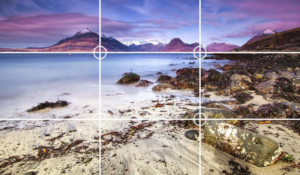Shutter Speed in Photography: A Complete Guide
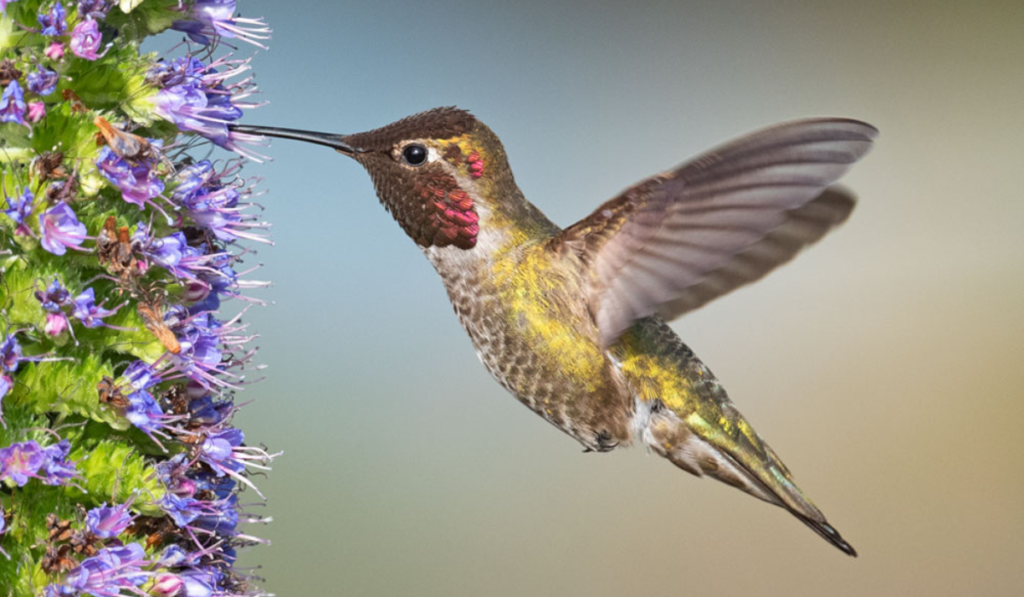
The shutter speed is an important element of photography. It plays a crucial role in controlling the exposure and capturing movement. Understanding shutter speed allows photographers to create captivating images, whether they want to freeze the action of a car speeding by or blur the motion in a waterfall. This comprehensive guide will cover shutter speed’s definition, adjustments, practical applications and creative possibilities.
Definition and Function
The shutter speed is also known as the exposure time. It defines the duration of the light exposure to the camera’s film or sensor. It controls the duration of the shutter’s openness, which affects both the exposure and the motion in the final image.
Measurement
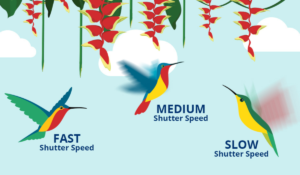
Shutter speeds can be measured in fractions, from fractions (such as 1/8000) to multiple seconds (in many cases up to 30 seconds). Slower shutter speeds create motion blur while faster shutter speeds freeze the motion. This allows photographers to manipulate their images creatively.
Adjusting Shutter Speed
The shutter speed can be changed manually or through the settings of the camera. Modern cameras have a variety of shooting modes including shutter priority (S, Tv), which allows photographers to select their desired shutter speed and the camera will automatically adjust other settings.
Autoexposure Modes

In autoexposure modes such as shutter priority the photographer can select their preferred shutter speed while letting the camera adjust ISO and aperture settings. This feature simplifies your shooting, especially in unpredictable or fast-paced environments.
The range of shutter speeds
Camera models vary in the shutter speed ranges they offer. The typical ranges range from 1/8000 second (fastest), to 30 seconds (slowest). Some advanced cameras have shutter speeds that are even faster than others, to cater for different photography scenarios and needs.
Exposure Triangle
The shutter speed is one component of the exposure triangular, along with aperture and ISO. These three elements together determine the overall exposure for an image. Each factor influences brightness, depth-of-field, and image quality.
Additive Nature to Exposure
Shorter exposure times will produce darker images due to the reduced light intake. Adjusting shutter speeds allows photographers to achieve desired brightness and control exposure.
Motion Blur:
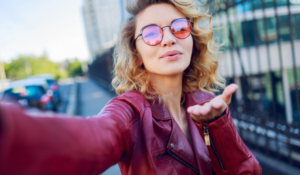
Shutter speed has a significant impact on the appearance of movement in photos. Slower shutter speed introduces motion blur which is ideal for creating dynamic effects or conveying the sense of motion. Faster shutter speeds freeze movement and capture crisp details, even when moving subjects are present.
Considerations for Handheld Photographers
To avoid blurry images caused by camera shake, it is important to consider shutter speed when shooting handheld. To minimize blur from hand movements, it is a good idea to use shutter speeds that are faster than the reciprocal focal length of your lens.
Selecting Shutter Speed
When choosing the right shutter speed, you must consider a number of factors. These include the need to freeze movement, the lighting conditions and the desired creative effect. To achieve the best results, photographers must find a balance between motion and exposure requirements.
Use of ND Filters

Neutral density filters (ND) are useful accessories to control exposure under bright conditions. ND filters reduce the amount of light that enters the camera. This allows photographers to use slower shutter speeds, without overexposing their images.
Flash Sync Speed
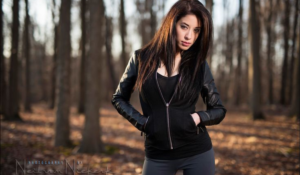
Photographers who use external flash units must understand the flash sync speed of their camera. If the flash is not synchronized with the shutter speed, dark shutter curtain banding may appear in the image. This can compromise the quality of the picture.
Creative Applications
Shutter speed opens up a world of creative possibilities. Photographers can experiment with blurring motion, freezing action and telling dynamic stories through their images. Shutter speed is a powerful tool that can be used to express artistic ideas. It allows you to freeze the action in sports or capture the flowing water.
Experimental Photography

Photographers must experiment with shutter speeds and different shooting techniques to better understand how shutter speed affects the aesthetics of an image and its storytelling. Exploring different settings and scenarios can help photographers expand their creative horizons, and develop a unique visual style.
The conclusion of the article is:
By mastering shutter speed, photographers can control exposure, capture movement effectively, and express themselves artistically through photography. Shutter speed is a fundamental element of photography that requires practice, experimentation and an understanding of the principles. Shutter speed is a fundamental element of photography, whether it’s for freezing a moment in time or adding dynamic energy to images.

